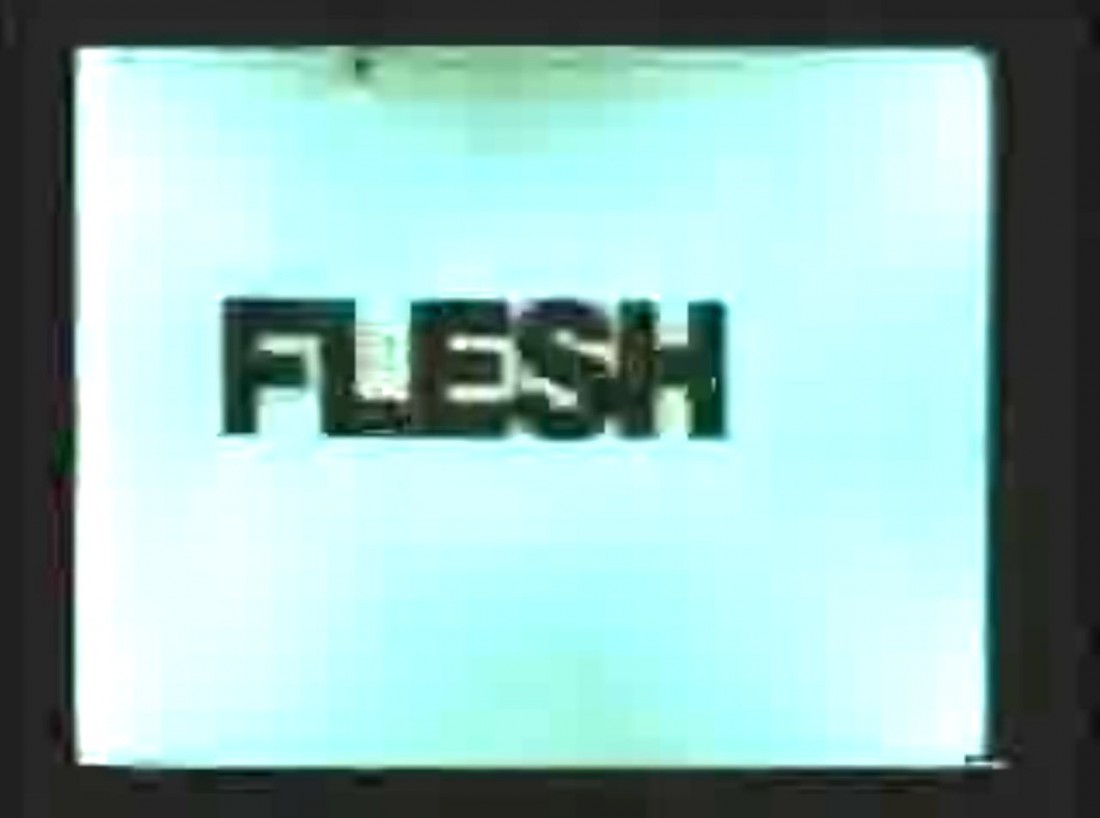Apart from its documentary or dramatic functions, film itself — as a material — can be used toward its own artistic end. Instead of the “plot” and “character” details inherited from stage theater, filmmakers from the late 1950s on have used 8 mm, 16 mm and 35 mm film as a surface, and the projector as the means of display, resulting in image-based experiments with abstraction and non-representational compositions at 24 frames a second.
Perhaps most famous is Stan Brakhage, whose 1963 Mothlight used moth wings, flower petals and other organic materials affixed to the tape itself, so that nothing was truly photographed. (To make Mothlight, Brakhage pressed the elements between strips of transparent 35 mm leader tape, and then ran the construction through an optical printer, used to transfer, copy or otherwise process reels of film.)
— Stan Brakhage, Mothlight, 1963
In subsequent years, artists Tony Conrad, Hollis Frampton and Paul Shartis pursued similar treatments in New York City and Buffalo, using light and image to explore perception itself, as well as to simply produce experiences possible only though the medium of projected film.
Frampton’s Zorns Lemma, from 1970, explores mathematical set theory. According to a UK website dedicated to the filmmakers works, Zorns Lemma “begins with a dark screen and a woman narrating from The Bay State Primer, an early American grammar textbook that teaches the letters of the alphabet by using them in sentences derived from the Bible, then the rest of the film is mostly silent. It presents us with a recurring structure that perpetually moves throughout a 24-letter alphabet via various signs in New York with words that propel the film along. Gradually other images are added to the loop, some of them themselves slowly developing as we arrive at them the next time around. It concludes with a man, woman and dog crossing a snowy field, while several narrators each narrate one word at a time read from an 11th-century treatise, ‘On Light, or the Ingression of Forms,’ by Robert Grosseteste.”
— Hollis Frampton, Zorns Lemma, 1970.
Conrad’s The Flicker, from 1965, presents alternating frames of black and white washes, creating a flickering strobe-like sequence. Shartis’ Word Movie from 1966 is equally literal in its focus, presenting a succession of innumerable words centered in each frame to a dizzying, incomprehensible effect, such that each word merely contributes to the movement or flow of the resulting image created by the whole.
— Paul Shartis, Word Movie, 1966.
Word Movie is No. 29 in a series of 37 film pieces that make up the Fluxfilm anthology, complied by New York artist George Maciunas, who’s considered one of the founders of the Fluxus art movement based in 1960s New York. According to UbuWeb, where the full anthology is available to view, Fluxus is described as an “interdisciplinary aesthetic [that] brings together influences as diverse as Zen, science, and daily life and puts them to poetic use. Initially received as little more than an international network of pranksters, the playful artists of Fluxus were, and remain, a network of radical visionaries who sought to reconcile art with life.”
The Fluxfilm anthology provides a kind of synecdoche for the broader artistic activity of the casual group. “These films (some of which were meant to be screened as continuous loops) were shown as part of the events and happenings of the New York avant-garde,” according to UbuWeb. “Made by artists ranging from Nam June Paik and Wolf Vostell to Yoko Ono, they celebrate the ephemeral humor of the Fluxus movement.”
In conjunction with the Asheville Fringe Festival (Jan. 24-27), the Asheville Art Museum will show the 40-minute anthology on a 16 mm print — a very rare local exhibition of experimental film, especially in the given format. (The digital transfers available online provide a useful proxy, but, as with recorded and live music, the interaction of film and light is singular.) This significant event continues the AAM’s invigorated programming since its expansion began in 2012. Originally scheduled for today, Jan. 17 at 7 p.m., and Friday, Jan. 18 at noon, the event has been postponed due to weather. The new dates are Thursday, Jan. 24 and Friday, Jan. 25, at 7 p.m. and noon.
This film screening is held in conjunction with AAM’s current New Media Gallery exhibition Flux Cuts: Experiments in Film. To reserve tickets, visit the AAM front desk during regular business hours or call 253-3227. Tickets are available at the museum before the screenings.



Before you comment
The comments section is here to provide a platform for civil dialogue on the issues we face together as a local community. Xpress is committed to offering this platform for all voices, but when the tone of the discussion gets nasty or strays off topic, we believe many people choose not to participate. Xpress editors are determined to moderate comments to ensure a constructive interchange is maintained. All comments judged not to be in keeping with the spirit of civil discourse will be removed and repeat violators will be banned. See here for our terms of service. Thank you for being part of this effort to promote respectful discussion.